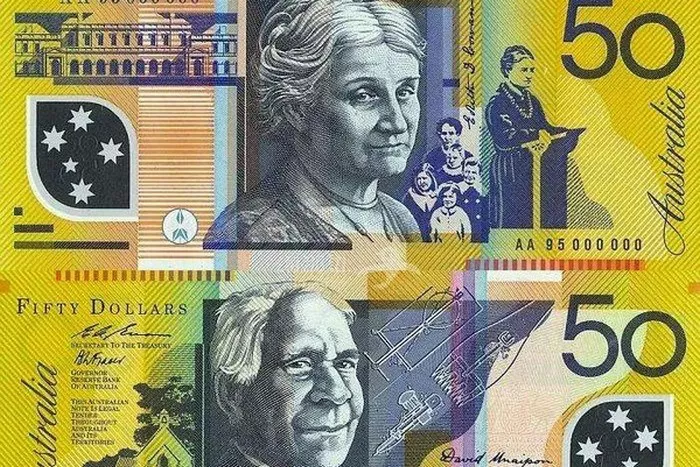The Australian Dollar (AUD) is one of the world’s major currencies and plays a pivotal role in the global financial market. It is known for its resilience and stability, but like any other currency, its cost is subject to various factors and influences. In this article, we will delve into the intricate world of the Australian Dollar, exploring the determinants of its cost and the broader implications of these fluctuations on Australia’s economy and the global financial landscape.
The Basics of Exchange Rates
Exchange rates determine the relative value of one currency against another. When discussing the cost of the Australian Dollar, it’s essential to comprehend these fundamentals. Exchange rates are affected by a complex interplay of economic, political, and market factors. The AUD exchange rate is generally quoted in pairs, such as AUD/USD, which indicates how many US Dollars (USD) are needed to purchase one Australian Dollar. These exchange rates are not static; they fluctuate continuously due to various factors.
Factors Influencing the Cost of the Australian Dollar
Economic Indicators: Australia’s economic health significantly impacts the cost of the Australian Dollar. Key economic indicators like GDP growth, employment rates, inflation, and interest rates play a pivotal role. A robust economy with healthy growth and low unemployment rates typically leads to a stronger AUD.
Interest Rates: Interest rates set by the Reserve Bank of Australia (RBA) have a substantial impact on the cost of the Australian Dollar. Higher interest rates attract foreign capital, increasing demand for the AUD, and thereby, its cost.
Political Stability: Political stability is vital for the strength of a currency. Political turmoil or uncertainty can lead to a weaker currency as it discourages foreign investments. Australia’s strong political stability contributes to the resilience of the AUD.
Commodity Prices: Australia is a major exporter of commodities, particularly minerals and agricultural products. The prices of these commodities have a direct impact on the Australian Dollar. When global commodity prices are high, Australia’s export revenue increases, leading to a stronger AUD.
Global Economic Conditions: International economic conditions also influence the cost of the Australian Dollar. A robust global economy tends to increase demand for Australian exports and therefore strengthens the AUD.
Speculation and Market Sentiment: Traders, investors, and speculators play a crucial role in determining exchange rates. Market sentiment can lead to short-term fluctuations, as traders react to news, events, or other market dynamics.
Government Interventions: Sometimes, governments or central banks may intervene in the foreign exchange market to stabilize their currency. These interventions can influence the cost of the Australian Dollar, although they are less common in Australia due to its floating exchange rate regime.
Trade Balance: Australia’s trade balance, which reflects the difference between exports and imports, is a key factor influencing the cost of the AUD. A trade surplus (exports exceeding imports) typically leads to a stronger Australian Dollar, while a trade deficit (imports exceeding exports) may weaken the currency.
Implications of a Strong Australian Dollar
A strong Australian Dollar can have several implications, both domestically and internationally.
Imports Become Cheaper: A stronger AUD makes imported goods more affordable for Australian consumers, which can lead to increased imports. This can be positive for consumers but might negatively impact domestic industries that face increased competition from cheaper imports.
Impact on Exports: While a strong Australian Dollar can make exports more expensive for foreign buyers, it also reflects the strength of the Australian economy. Exporters may face challenges in such scenarios but might still benefit from increased global demand for their goods and services.
Tourism and Education: A strong AUD can make Australia a more attractive destination for tourists and international students, as their spending power increases. This benefits the tourism and education sectors.
Inflation Control: A stronger currency can help control inflation by reducing the cost of imported goods. This can be beneficial for the Reserve Bank of Australia in managing its inflation targets.
Implications of a Weak Australian Dollar
Conversely, a weak Australian Dollar has its own set of implications:
Boost to Exports: A weaker AUD makes Australian exports more competitive on the global stage. This can boost the profitability of Australian businesses that rely on international markets.
Higher Import Costs: Imports become more expensive, which can lead to higher prices for imported goods, potentially causing inflationary pressures.
Tourism and Education Challenges: A weaker AUD can make Australia a more expensive destination for tourists and international students, potentially impacting the tourism and education sectors.
Interest Rates: In response to a weak currency, the Reserve Bank of Australia might consider raising interest rates to attract foreign capital and stabilize the currency.
Hedging and Risk Management
Given the volatility in currency markets, businesses and investors often engage in hedging and risk management strategies to mitigate the impact of exchange rate fluctuations. Forward contracts, options, and currency swaps are some of the common tools used to manage currency risk.
Conclusion
The cost of the Australian Dollar is a complex interplay of economic, political, and market forces. Understanding these factors is crucial for businesses, investors, and policymakers as they navigate the dynamic world of foreign exchange markets. A strong AUD can be a double-edged sword, benefiting some sectors while challenging others. Similarly, a weak AUD has its own set of implications. Successful management of exchange rate risk is essential for mitigating the potential adverse effects of currency fluctuations. In the end, the cost of the Australian Dollar is a reflection of Australia’s economic health, and its implications extend beyond its borders, impacting global trade and investment.


